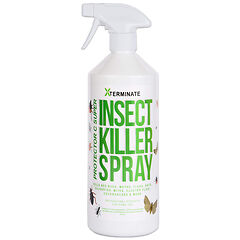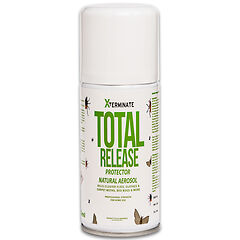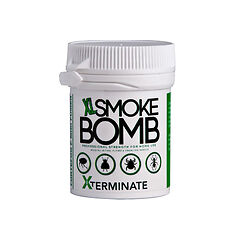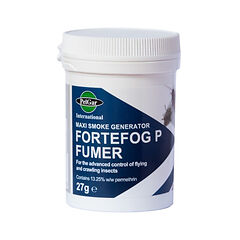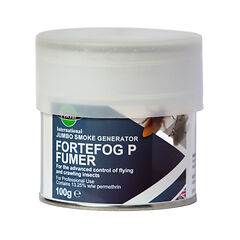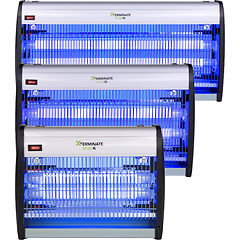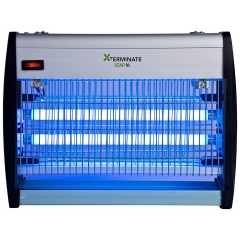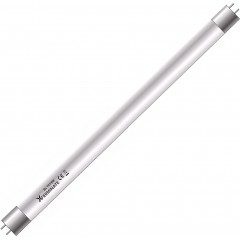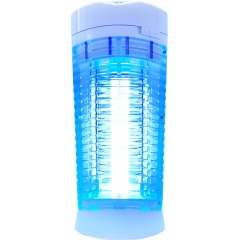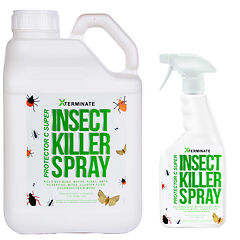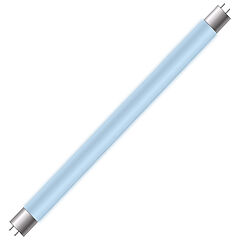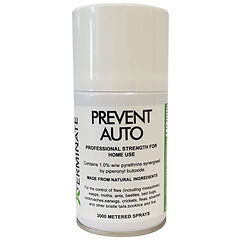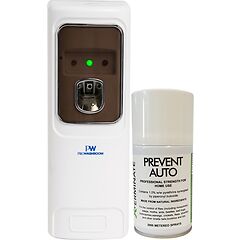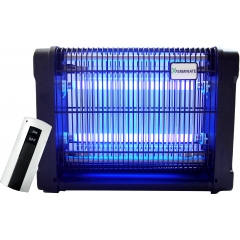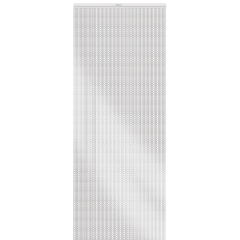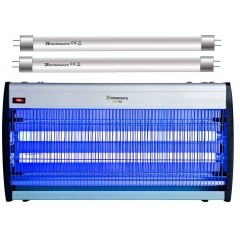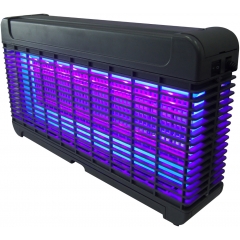Flies
Flies are the UK's most common pest. They're everywhere, so you need some year-round solutions to keep them away! Our range of cutting-edge electric fly killers and fly door chains will keep those unhygienic flies away all year long without breaking the bank!
Flies: The Most Common Pest in the UK
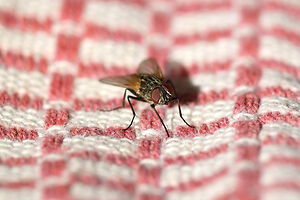 Flies are one of the most common pests in the world. You can find them all year round in every corner of the planet – there’s even a species that’s native to Antarctica! This should tell you just how persistent they can be. In fact, they’re so common that it’s impossible to completely get rid of these disease-ridden pests for good, so you’ll always need to make sure you have some form of protection against them. If you run a restaurant or other business, this goes double – the hygiene risks posed by flies can make your business look unhygienic to customers and they can even come with legal penalties.
Flies are one of the most common pests in the world. You can find them all year round in every corner of the planet – there’s even a species that’s native to Antarctica! This should tell you just how persistent they can be. In fact, they’re so common that it’s impossible to completely get rid of these disease-ridden pests for good, so you’ll always need to make sure you have some form of protection against them. If you run a restaurant or other business, this goes double – the hygiene risks posed by flies can make your business look unhygienic to customers and they can even come with legal penalties.
The Problem with Swatting
The idea of chasing a fly with a rolled-up newspaper and being led on a merry chase around your home is one that’s been mined for comedy gold for decades. One of the reasons people still laugh at this is because everyone can relate to it, but it doesn’t seem that funny when you’re being pestered by an annoying fly that it seems impossible to swat!
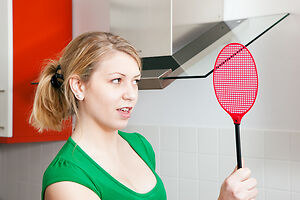 The truth is that trying to swat a fly is a waste of time, and you’re more likely to injure yourself in the process than you are the fly! They’re perfectly evolved to be able to dodge our attempts to swat them, with 360-degree vision and super-fast reflexes. The average fly brains process images from their eyes around four times faster than human brains. This means that, in effect, time moves more slowly for them. Compared to a fly, we’re all moving in slow motion!
The truth is that trying to swat a fly is a waste of time, and you’re more likely to injure yourself in the process than you are the fly! They’re perfectly evolved to be able to dodge our attempts to swat them, with 360-degree vision and super-fast reflexes. The average fly brains process images from their eyes around four times faster than human brains. This means that, in effect, time moves more slowly for them. Compared to a fly, we’re all moving in slow motion!
All of this makes it tricky to swat a fly, but it is possible if you move quickly and use something with a wide surface area. Of course, this creates another problem – you’ve got a mess to clean up! Flies are covered in filth and bacteria at the best of times, and splattering them is a sure-fire way to spread these germs across your home. If you have to swat multiple flies, this problem only gets worse. As a result, it’s best not to rely on your slippers as a means of killing flies – there are much safer, more hygienic, and all-around better solutions out there!
Fly Door Screens
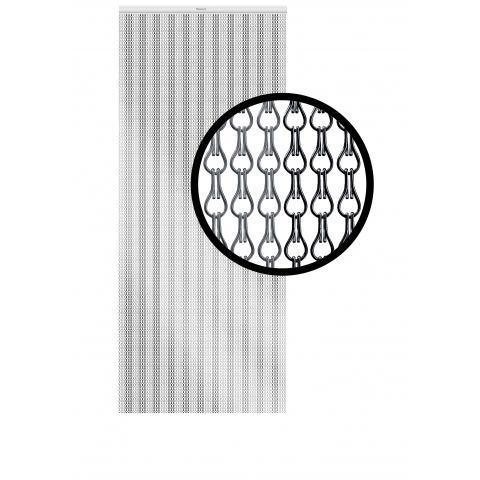 A simple way of getting rid of flies is to stop them from buzzing into your building in the first place! The obvious way to do this is to keep your doors and windows closed, but this isn’t always practical in the summer months when you’ll want a bit of sunlight and a cooling breeze around the house. Fly door screens are a refreshingly simple way to do this. They consist of a curtain of lightweight chains which are too heavy for flies to buzz past, while still allowing air and light into the room.
A simple way of getting rid of flies is to stop them from buzzing into your building in the first place! The obvious way to do this is to keep your doors and windows closed, but this isn’t always practical in the summer months when you’ll want a bit of sunlight and a cooling breeze around the house. Fly door screens are a refreshingly simple way to do this. They consist of a curtain of lightweight chains which are too heavy for flies to buzz past, while still allowing air and light into the room.
Our door screens are made of a quality anodised aluminium, meaning they’re rust-proof and long-lasting. They’re also very tough without being brittle, so they’re easy to brush past without damaging them. Just click above to learn more about our chain curtains – they’re now available in a range of different colours!
Good Hygiene
The other way to prevent flies from bothering you is to stay clean. Flies absolutely love dirt and are attracted to anything that smells rotten. If that wasn’t bad enough, they’ll also carry germs from one place to another, so if they’ve been walking in animal faeces, they’ll track all that bacteria into your home. This creates a vicious cycle; poor hygiene attracts flies, who spread bacteria, which attracts more flies, and so on! The best way out of this cycle is to ensure you keep your home as clean as possible. Don’t leave food waste out in the kitchen, clean up any stains from your carpets as best you can, and ensure your bins are kept a good distance away from your home.
Why Do Flies Love Smelly Things So Much?
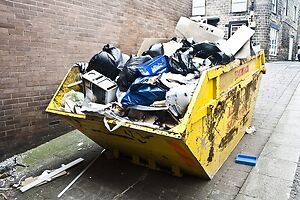 In nature, foul smells usually mean something is rotten. We’ve evolved to find these smells disgusting – it’s the body’s way of telling us not to eat rotting food. For flies, however, rotting food just smells like an opportunity! Rotten food is very soft and, as flies don’t have teeth - they eat by vomiting an acidic substance onto their food and sucking it up – this makes it easier for them to break down.
In nature, foul smells usually mean something is rotten. We’ve evolved to find these smells disgusting – it’s the body’s way of telling us not to eat rotting food. For flies, however, rotting food just smells like an opportunity! Rotten food is very soft and, as flies don’t have teeth - they eat by vomiting an acidic substance onto their food and sucking it up – this makes it easier for them to break down.
In addition, they like to lay their eggs on rotten meat and vegetables so that, when hatched, their larvae have something to eat. The larvae will burrow inside their food and feed until they’re ready to turn into adult flies.
All of this means that leaving food waste on the side – even if you don’t let it go rotten – is like an open dinner invitation to every fly in the neighbourhood. Flies will investigate anything that smells as it could be a potential meal for them, so making sure you keep your home (especially the kitchen) clean is vital for getting rid of flies.
Electric Fly Killers
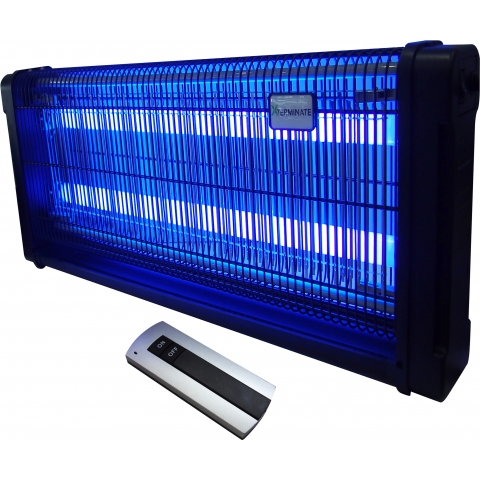 Even if you put a fly screen in front of your door and keep your home spotless, flies will still make their way inside every now and then. They’re so common that it’s impossible to keep every last one out. This is even worse in summer when the heat speeds up the flies’ life cycle and makes them breed more quickly. Taking out flies when you see them isn’t enough – what you need is a trap to lure them in. This is why electric fly killers are so effective.
Even if you put a fly screen in front of your door and keep your home spotless, flies will still make their way inside every now and then. They’re so common that it’s impossible to keep every last one out. This is even worse in summer when the heat speeds up the flies’ life cycle and makes them breed more quickly. Taking out flies when you see them isn’t enough – what you need is a trap to lure them in. This is why electric fly killers are so effective.
Why Are Electric Fly Killers So Effective?
Electric fly killers (or zappers) use ultraviolet (UV) bulbs to lure flies onto an electrified grid which shocks them dead. No one knows exactly why flies are so attracted to UV rays. It could be that they use the naturally-occurring UV rays from sunlight to navigate, and the strong UV light source that comes from an electric fly killer could throw them off. Or it could be that the light given off by the bulbs is similar to the UV rays reflected by flower petals in the natural world. Whatever the reason, it’s by far the most effective way to trap flies.
What to Look for in a Fly Killer
The most important thing you can look for is coverage. Put simply, how wide an area does your fly killer cover in UV light? This is what determines how effectively it lures in flies. The coverage of an electric fly killer is determined by its design and how powerful its bulbs are.
It’s also a good idea to think about where you want to put your fly killer. If you’re putting it in a bright room like a conservatory, it’s always best to pick the most powerful fly killer you can afford. This is because the UV rays from the fly killer will have to compete with the sunlight for the flies’ attention. If the unit only has dim bulbs, the flies won’t notice it!
Remember to Change Your Fly Killer Bulbs
Many people notice that their fly killer stops working as well after about a year. It’ll still catch the odd fly, but others will completely ignore it and flies don’t seem to be drawn to it the same way they were before. The electric grid is working and the UV bulbs are still glowing, so what’s the problem?
The confusion lies in the difference between UV light and visible purple light. Ultraviolet light is completely invisible to the naked eye – it’s not simply purple light! Electric fly killers give off both, but they’ll stop emitting UV light after around 12 months. This is because the mercury phosphor – the thing inside the bulb that actually emits UV rays – degrades quickly, and will likely be gone inside a year. The bulb will still continue to emit a visible purpley-blue light even after the phosphor is gone, so many people assume nothing is wrong. If you want your electric fly killer to work at peak efficiency, remember to change its bulbs once a year! If you don’t, the unit will still kill any flies that happen to bumble into the killing grid, but it won’t actually attract them like it used to.
LED Electric Fly Killers
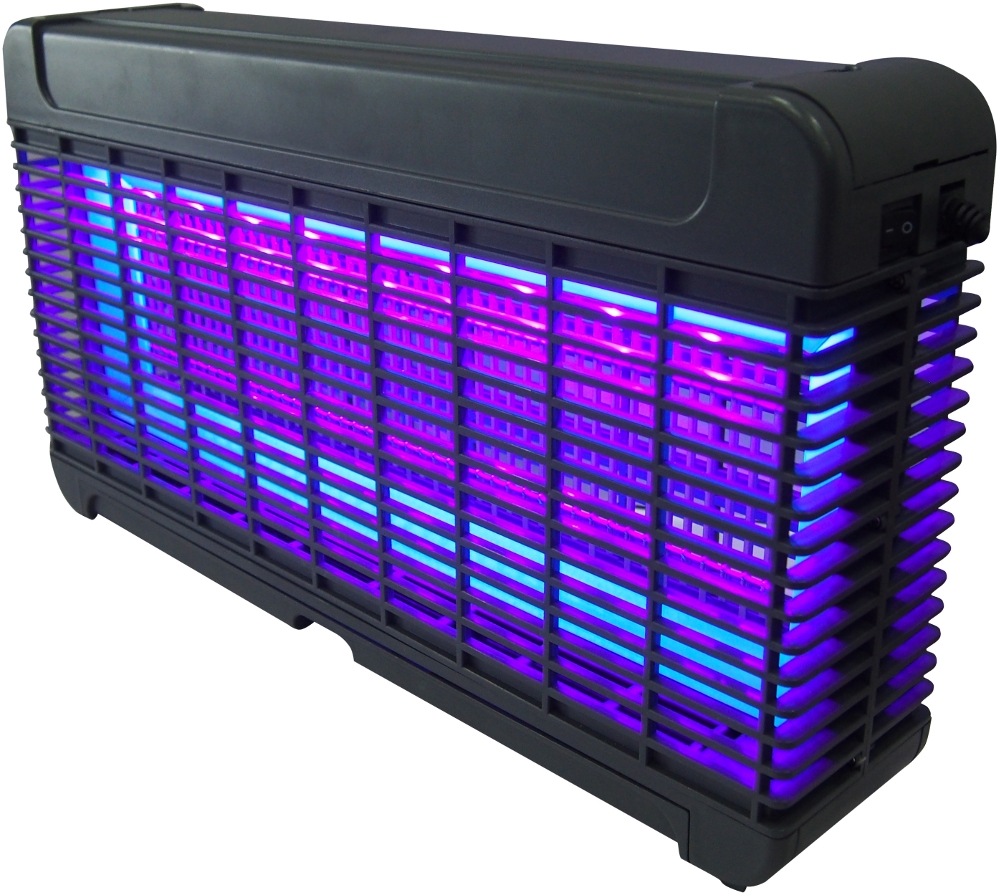 UV LEDs have been around for a while, but until recently, they weren’t powerful enough to be used in something like an electric fly killer. In recent years, however, that’s all changed! A strip of LED lights can now give off just as much UV light as a traditional UV bulb, and these new UV LEDs come with several big advantages.
UV LEDs have been around for a while, but until recently, they weren’t powerful enough to be used in something like an electric fly killer. In recent years, however, that’s all changed! A strip of LED lights can now give off just as much UV light as a traditional UV bulb, and these new UV LEDs come with several big advantages.
The main plus point is that they don’t degrade and never need to be replaced. A single LED can last for over 20,000 hours, giving you a fly killer that barely needs to be maintained even after years of use. In addition, they’re lighter, more durable, and cooler, so they make your electric fly killer much more practical if you use it all day, every day.
Our LED fly killers are fitted with high-powered UV LED strips and reflective panelling, giving an area coverage of around 80m²! This means they’re suitable for large rooms or brighter areas such as conservatories.
Where to Place Your Electric Fly Killer
You need to place the fly killer in a highly visible location, preferably high up or at least on a tabletop so its UV light isn’t obstructed by furniture. Hanging it from the ceiling is usually a good approach; that’s why all our fly killers come with a free hanging chain!



